Last week I found myself browsing through World War II recipes. It was a good reminder of which foods become more difficult to come by during hard times. Several foods were rationed during WWII, including meat, cheese, coffee, sugar, and some canned foods. How well prepared would you be for similar shortages?
“Loaf foods” were common, and things like Walnut Roast were suddenly eaten more often. Eggless cakes with less sugar became a thing. I even have a recipe for “New Deal Fudge”, which, though it was from a decade earlier in the Depression, fit the bill nicely.
During that time, apparently cottage cheese also became more popular. It was easy to make (I remember my grandma making it on the counter overnight), and since it’s high in protein, it was often used as a meat substitute in meals. People got creative with it, too. (cottage cheese salad, anyone?)
You can make your own cottage cheese using powdered milk Or use sour milk, ¼ c. vinegar per quart of sour milk.
Homemade Cottage Cheese
2 cups water
¾ cup non-instant dry milk powder
3 Tbsp. white vinegar
¼- ½ tsp. salt
Blend water and dry milk together and heat in a saucepan until it starts to steam, stirring constantly. Remove from heat. (Heating this in a microwave is an option, too- heat until it foams and rises to the top of the bowl.)
DRIP vinegar around the edge of the pan (or bowl) and gently stir; milk will immediately start to curdle, separating into curds and whey. Let rest 1 minute.
Pour into a colander. (the whey can be set aside as liquid for making bread.) Rinse the curds with HOT water. Rinse again with cold water to firm the curds; break apart into as small of curds as you want. This rinse should take about a minute under cold running water. The goal is to be sure all of the sour whey is rinsed away. Sprinkle the curds with salt.
Makes about 1 ½ cups of curds. To make it creamy, like storebought, stir 1-4 Tbsp of sour cream or yogurt.
To make Queso Fresco, use four times the amount of powdered milk, triple the amount of vinegar and double the amount of water. (4 cups water, a little over ½ cup vinegar, 3 cups dry milk powder). Make it the same way, except drain it for a couple hours, then press the cheese firmly into a container to shape it. Use fresh within about a week, or freeze it.







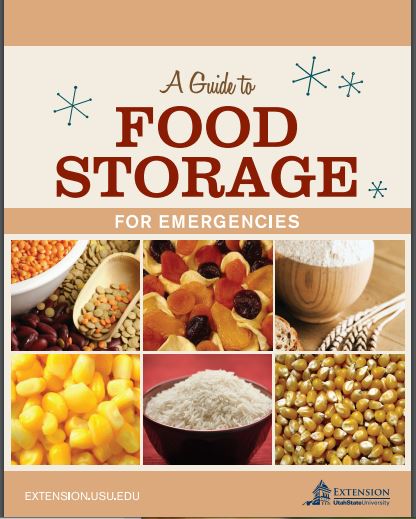
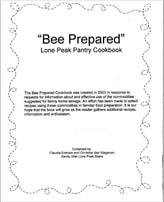
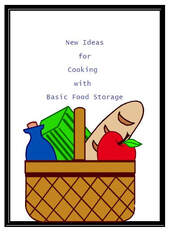
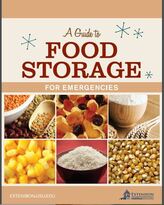
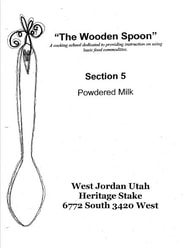
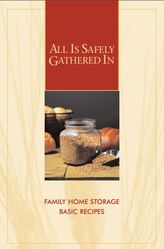
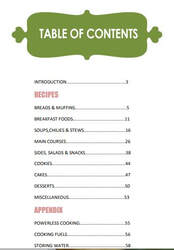
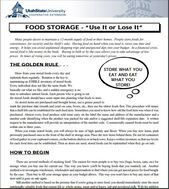
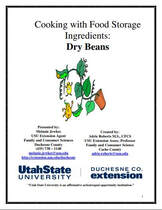
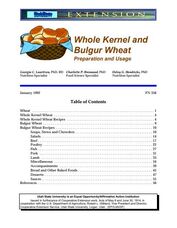
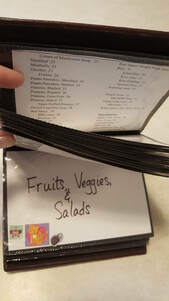
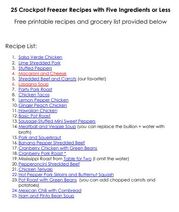
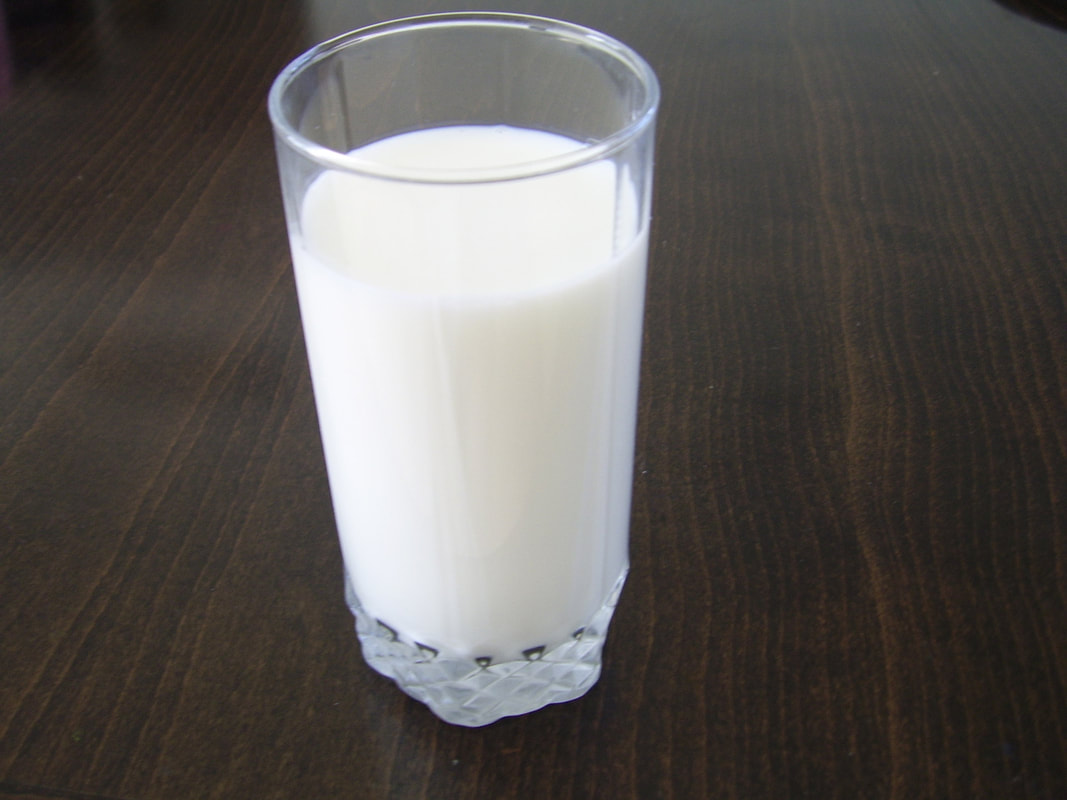
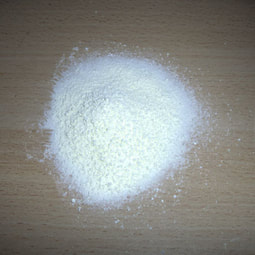



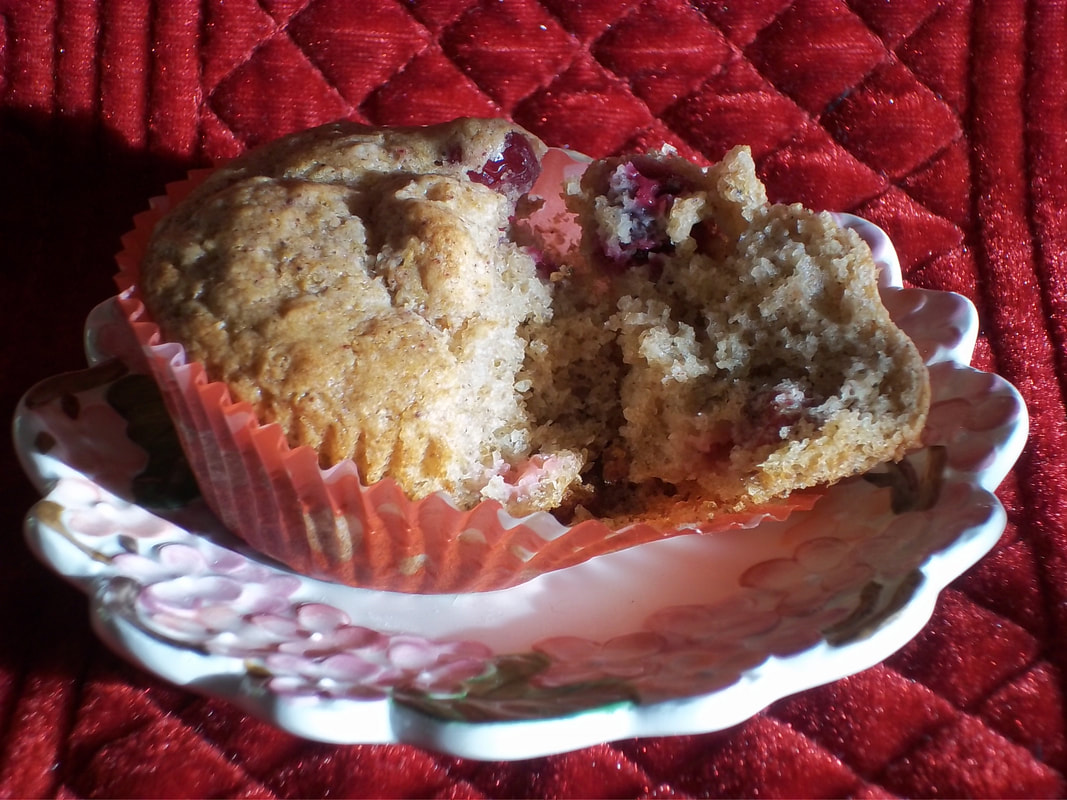
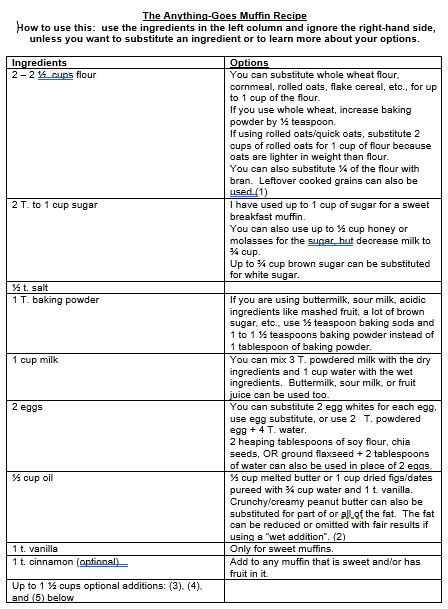
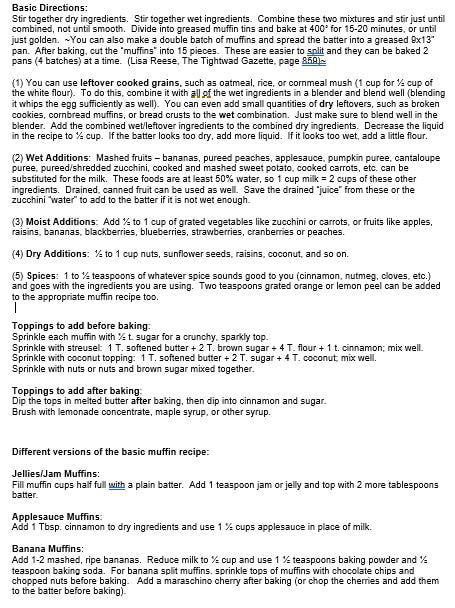
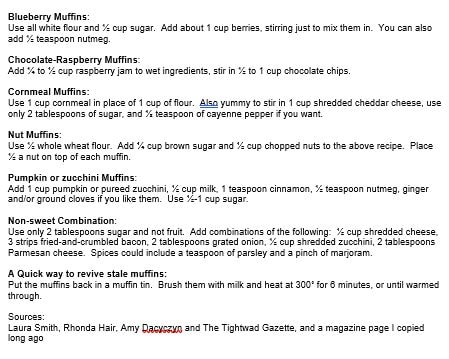
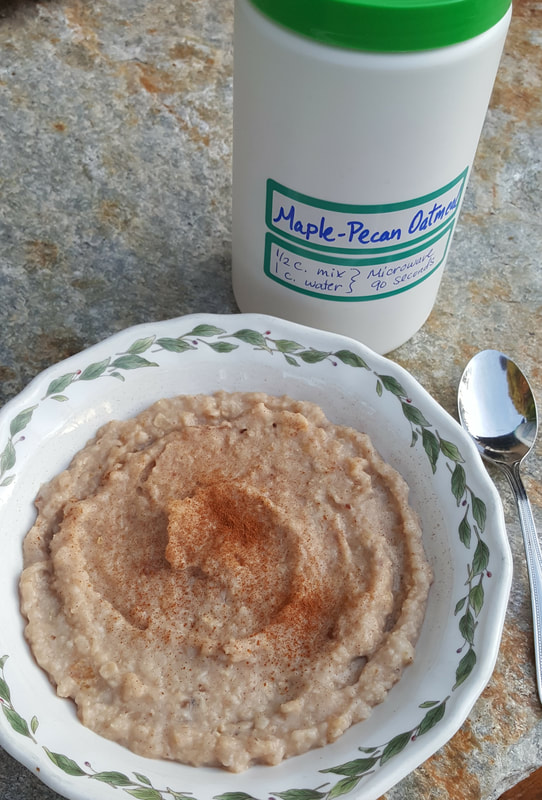









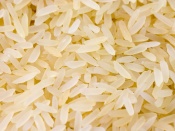












 RSS Feed
RSS Feed